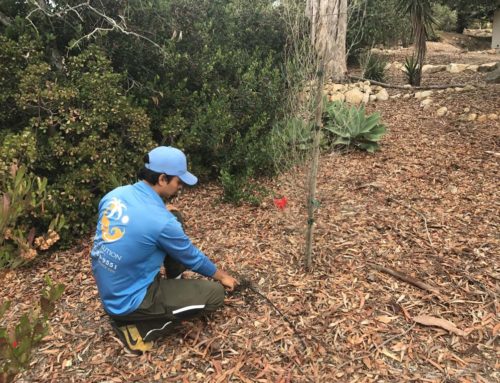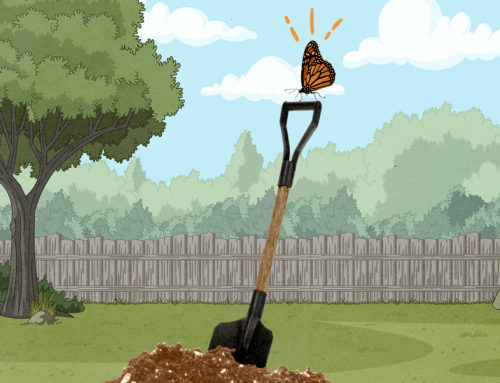First of the Season Irrigation System Checklist
If you haven’t watered your grass and planting beds in a while—perhaps you just moved in, or the warm season is only beginning where you live—it might be a good idea to perform an assessment of the system’s condition. Doing so will give you a thorough list of items and locations to bring up to your local irrigation repair specialist and will ensure that everything on that list can be addressed.
You can do this assessment without even turning the system on. Perform a visual inspection of all the components and keep a list of repair items for your irrigation repair specialist to look at.
- Sprinkler heads:
- Check each one for clearance.In other words, when the system turns on, will the head have room to pop up, or is it blocked by shrubs that grew larger since last season? Will the spray be free flowing, or is there something there that might block it? Anything that gets in the way of each sprinkler head’s function can cause dry spots in areas and overwatering in others.
- Look also for other obstructions such as dirt, lawn thatch, or rocks that can impede water flow and the sprinkler head’s ability to raise and lower in place.
- Finally, make note of any heads that are broken or cracked and in need of replacement.Are there any that are stuck in an upright position or lean rather than sit straight? Identify any problem heads, and mark their location so your landscape contractor can quickly address them.
Drainage systemDrainage system
Hire professionals to install
Drainage systems. More than hundred of satisfied clients.
- Controller:
- Take a look at the controller.Does it turn on? Is the display clear and does it seem to have the correct date and time? Consider when it last received a new battery and make a note to put in a new one during your scheduled irrigation repair.
- Check the wires to make sure they have not frayed or become damaged by animals.Look at the connections to ensure they are secure.
- Rain sensors:
- Go out to where the sensors are and inspect them for mold or damage.Is the housing sound and the inside clear of debris, leaves, and dead insects? Check to see if the sensor’s batteries, too, need to be changed as well as the discs.
- Evaluate its functionality.Is it in its original position, ready to capture and measure rainwater at the required rate?
- Valve boxes:
- Much like the sprinkler heads, the valve boxes are subject to the rigors of outdoor conditions.Even if you aren’t keen on opening them, make sure they are accessible for your irrigation repair person to do so. Pull away overgrown grass, remove rocks and debris, and trim back shrub branches that might be getting in the way, not to mention dropping leaves and dirt into the boxes.
- If you are comfortable opening them, do so and check the insides for foreign debris and dirt.Assess whether the valves and wires have sustained any damage.
With your checklist in hand, you’re ready to discuss the needed repairs with your landscape and irrigation specialist.






Leave A Comment
You must be logged in to post a comment.